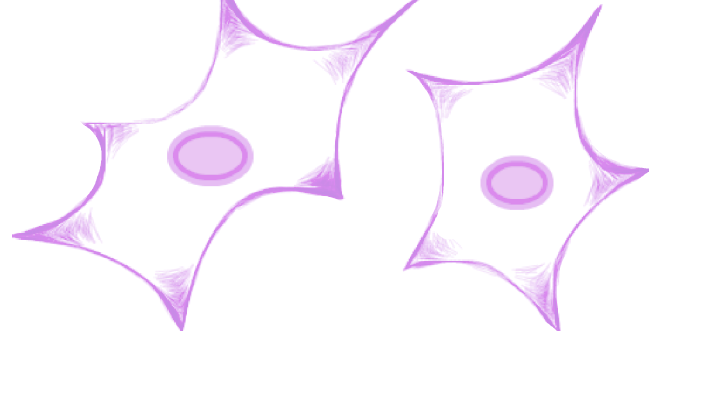Cell Senescence Entries for FGFR1
- Cell Types
- Breast cancer, Lung carcinoma
- Cell Lines
- A549, HDF, MCF-7
- Cancer Cell?
- Yes
- Method
- Knockdown
- Type of senescence
- Stress-induced
- Senescence Effect
- Induces
- Primary Reference
- Jung et al. (2016) Heparan sulfation is essential for the prevention of cellular senescence. Cell Death Differ 23(3)417-29 (PubMed)
FGFR1 Gene Information
- HGNC symbol
- FGFR1
- Aliases
- BFGFR; CD331; CEK; FLG; FLT2; H2; H3; H4; H5; KAL2; N-SAM
- Common name
- fibroblast growth factor receptor 1
- Entrez Id
- 2260
- Description
- The protein encoded by this gene is a member of the fibroblast growth factor receptor (FGFR) family, where amino acid sequence is highly conserved between members and throughout evolution. FGFR family members differ from one another in their ligand affinities and tissue distribution. A full-length representative protein consists of an extracellular region, composed of three immunoglobulin-like domains, a single hydrophobic membrane-spanning segment and a cytoplasmic tyrosine kinase domain. The extracellular portion of the protein interacts with fibroblast growth factors, setting in motion a cascade of downstream signals, ultimately influencing mitogenesis and differentiation. This particular family member binds both acidic and basic fibroblast growth factors and is involved in limb induction. Mutations in this gene have been associated with Pfeiffer syndrome, Jackson-Weiss syndrome, Antley-Bixler syndrome, osteoglophonic dysplasia, and autosomal dominant Kallmann syndrome 2. Chromosomal aberrations involving this gene are associated with stem cell myeloproliferative disorder and stem cell leukemia lymphoma syndrome. Alternatively spliced variants which encode different protein isoforms have been described; however, not all variants have been fully characterized. [provided by RefSeq, Jul 2008].
FGFR1 Ontologies
- Gene Ontology
-
Process: GO:6468; protein phosphorylation
GO:16310; phosphorylation
GO:8284; positive regulation of cell population proliferation
GO:18108; peptidyl-tyrosine phosphorylation
GO:48513; animal organ development
GO:8543; fibroblast growth factor receptor signaling pathway
GO:71363; cellular response to growth factor stimulus
GO:71495; cellular response to endogenous stimulus
GO:48015; phosphatidylinositol-mediated signaling
GO:46777; protein autophosphorylation
GO:16477; cell migration
And 22 more GO terms Cellular component: GO:5634; nucleus
GO:5737; cytoplasm
GO:16020; membrane
GO:16021; integral component of membrane
GO:31410; cytoplasmic vesicle
GO:5886; plasma membrane
GO:5829; cytosol
GO:5576; extracellular region
GO:5887; integral component of plasma membrane
GO:43235; receptor complex
Show all GO termsFunction: GO:166; nucleotide binding
GO:4672; protein kinase activity
GO:4712; protein serine/threonine/tyrosine kinase activity
GO:5524; ATP binding
GO:16301; kinase activity
GO:16740; transferase activity
GO:4713; protein tyrosine kinase activity
GO:4714; transmembrane receptor protein tyrosine kinase activity
GO:5007; fibroblast growth factor-activated receptor activity
GO:42803; protein homodimerization activity
GO:5515; protein binding
And 5 more GO terms
Homologs of FGFR1 in Model Organisms
In other databases
External links
- OMIM
- 136350
- Ensembl
- ENSG00000077782
- Entrez Gene
- 2260
- UniGene
- 264887
- 1000 Genomes
- 1000 Genomes
- HPRD
- GenAtlas
- FGFR1
- GeneCards
- FGFR1
